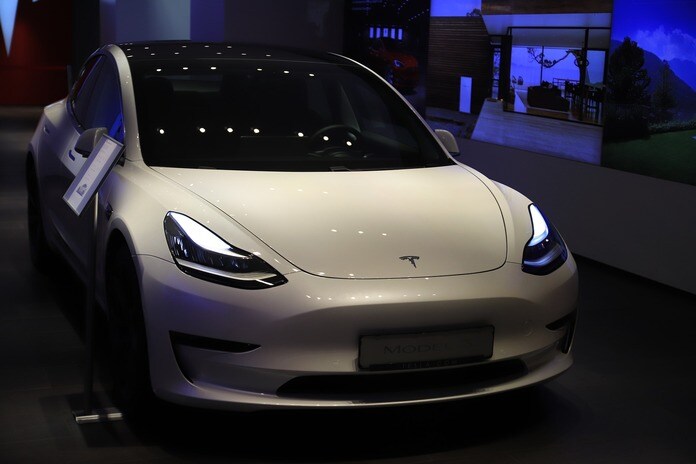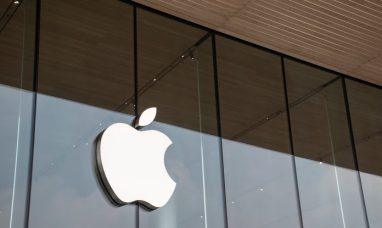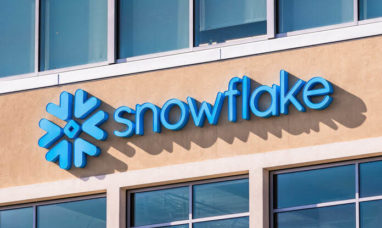Tesla Inc (NASDAQ:TSLA)
Moody’s had a trash rating for Tesla (NASDAQ:TSLA) credit going into the week, despite the fact that Moody’s own calculations showed that Tesla’s financial performance supported a considerably better rating than the junk rating.
This was not the case anymore as of Monday evening, as Moody’s had raised its rating on the manufacturer of electric vehicles. Yet, investors may be curious as to why the rating is not even higher. It would appear that Elon Musk is the culprit.
The debt of Tesla (NASDAQ:TSLA) is now rated by Moody’s at its lowest level for investment grade, which is Baa3. This is an increase of one rating notch from its previous rating of Ba1, which was the highest level of speculative grade, sometimes known as junk-rated debt.
The action taken by Moody’s follows an upgrade to investment grade by S&P Global (SPGI) in October, which occurred after the EV manufacturer disclosed its delivery numbers for the third quarter.
“We now view Tesla’s credit profile more favorably because it continues to demonstrate market leadership in [EVs], with solid manufacturing efficiency that supports strong Ebitda margins and sustained positive free operating cash flow,” the S&P credit analysts wrote in their upgrade report. “We now view Tesla’s credit profile more favorably because it continues to demonstrate market leadership in [EVs], with solid manufacturing efficiency that supports strong Ebitda margins and sustained positive free operating
The term “earnings before interest, taxes, depreciation, and amortization” is most commonly abbreviated as “Ebitda.”
More than 1.3 million electric vehicles were delivered by Tesla in 2022, making it a successful year for the company. The operating profit margins came in at approximately 17%, making them the best among high-volume car manufacturers. As an illustration, Toyota Motor (TM) reported an operating profit margin of approximately 8% for the year 2022.
Even though the ratings company’s analysis of Tesla’s numbers points to a rating that is much higher than that, Moody’s decided to leave the rating at Ba1, the firm’s highest speculative-grade call, after it updated its analysis of Tesla’s credit at the end of January. Despite this, the rating remained at Ba1.
The update includes the following statement: “The scorecard-indicated outcome utilizing Moody’s Automotive Manufacturers methodology is A2, measured for the past 12 months ended September 30, 2022.” “Taking into consideration the future, the scorecard-predicted outcome will continue to be A2.”
Moody’s investment-grade scale places a rating of A2, which is in the middle of the range, five notches better than the Ba1 rating that was assigned in January. According to the research published by the rating business, the disparity can be explained by Tesla’s limited product lineup, the intensifying rivalry, and “corporate governance difficulties, with considerable latitude exerted by CEO Elon Musk.” All of these factors contributed to the gap.
In response to a request for comment, Tesla did not provide a response. Before the upgrade was made on Monday evening, Barron’s contacted Moody’s on two separate occasions (Sunday and Monday) to inquire about the rating disparity. A request for comment was not met with a response from it.
The latest rating of Baa3 is still four notches below than the A2 grade that Tesla’s financial performance suggested in January. There is a possibility that some of the worries raised by Moody’s in January will continue, but every automobile manufacturer faces challenges in the marketplace. For example, the market for automobiles powered by gasoline only accounts for approximately 90% of what it did a few years ago. In 2022, approximately 10% of the total sales of light vehicles around the world were made up of fully battery-electric and plug-in hybrid vehicles.
Ratings for other automobiles have been negatively impacted as a result of qualitative concerns. The prognosis that Moody’s has for General Motors’ (NYSE:GM) financials, for example, suggests that the business should have a rating of Baa2 at the very least. Moody’s, on the other hand, assigns the debt a rating that is one step lower, Baa3, which is the agency’s lowest investment-grade rating.
The GM study identifies a number of credit problems, including “elevated necessary capital spending, R&D and engineering costs connected to electric and driverless vehicles.” This is just one of the challenges.
GM and Ford Motor (NYSE:F) is currently in the same predicament. Moody’s assigns a speculative-grade rating of Ba2 to the debt of Ford, while a purely financial examination conducted by the rating office points to a call of Ba1, which is one notch higher.
The distinction between investment-grade and non-investment-grade ratings can be significant, which can drive up the cost of borrowing for businesses by reducing the number of people willing to purchase their debt. A significant number of pension funds and other types of institutional investors will only purchase the debt issued by corporations rated investment-grade.
According to Alexandra Merz, founder of L&F Investor Services, which advises international investors on the creation of or purchase of U.S. businesses, split ratings, in which one rating firm calls a company’s credit investment grade and another calls it a speculative grade, also limit buyers. Split ratings can occur when one rating firm calls a company’s credit investment grade and another calls it a speculative grade. Merz worked for Moody’s in France for a number of years as a credit officer.
Merz stated on Tesla that “They do not deserve a junk grade,” and she went on to say that she feels Moody’s reference to corporate governance is based on the volatility in the stock that was created by Musk himself. Musk is a very busy person because he is also in charge of SpaceX and Twitter in addition to Tesla.
Investor sentiment toward Tesla stock has been impacted as a result of Musk’s purchase of Twitter in October. Even after the completion of Musk’s acquisition of the social media network, shares are priced at approximately $42 or 19% cheaper than they were right before the level of $225. Throughout the same time period, the Nasdaq Composite Index COMP +0.39% has gained around 8%.
The fact that car-related equities have struggled as borrowing rates have increased, which threatens demand for new automobiles by making them less accessible, is a contributing factor to the problem. Since Elon Musk took over Twitter, GM and Ford shares have both dropped by approximately 13%, but the decline in Tesla shares has been greater.
In light of the fact that Moody’s decision to upgrade looks to be a vote of confidence from a participant in the financial market, it is possible that Tesla stock will experience a slight increase as a result. According to Merz, the update “rights a wrong” for him personally.
Featured Image:









